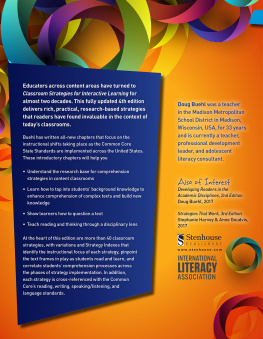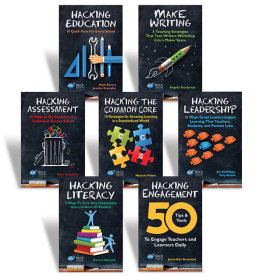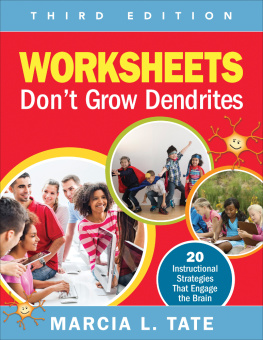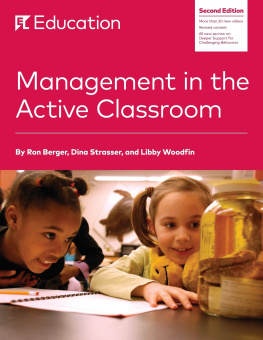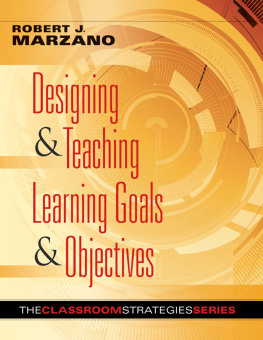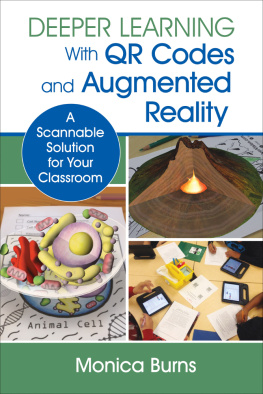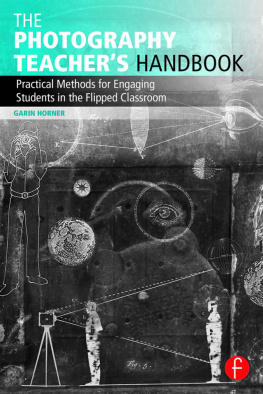Buehl - Classroom Strategies for Interactive Learning
Here you can read online Buehl - Classroom Strategies for Interactive Learning full text of the book (entire story) in english for free. Download pdf and epub, get meaning, cover and reviews about this ebook. year: 2017, publisher: International Reading Association, genre: Religion. Description of the work, (preface) as well as reviews are available. Best literature library LitArk.com created for fans of good reading and offers a wide selection of genres:
Romance novel
Science fiction
Adventure
Detective
Science
History
Home and family
Prose
Art
Politics
Computer
Non-fiction
Religion
Business
Children
Humor
Choose a favorite category and find really read worthwhile books. Enjoy immersion in the world of imagination, feel the emotions of the characters or learn something new for yourself, make an fascinating discovery.
Classroom Strategies for Interactive Learning: summary, description and annotation
We offer to read an annotation, description, summary or preface (depends on what the author of the book "Classroom Strategies for Interactive Learning" wrote himself). If you haven't found the necessary information about the book — write in the comments, we will try to find it.
Buehl: author's other books
Who wrote Classroom Strategies for Interactive Learning? Find out the surname, the name of the author of the book and a list of all author's works by series.
Classroom Strategies for Interactive Learning — read online for free the complete book (whole text) full work
Below is the text of the book, divided by pages. System saving the place of the last page read, allows you to conveniently read the book "Classroom Strategies for Interactive Learning" online for free, without having to search again every time where you left off. Put a bookmark, and you can go to the page where you finished reading at any time.
Font size:
Interval:
Bookmark:
Thank you for purchasing this Stenhouse e-book; we appreciate the opportunity to help you become an even more effective teacher. This e-book is for your own individual use: you may print one copy for your own personal use and you can access your e-book on multiple personal devices, including computers, e-readers, and smartphones. However, you cannot make print or digital copies to share with others, nor may you post this e-book on any server, website, or other digital or online system. If you would like permission to distribute or post sections of this e-book, please contact Stenhouse at .
If you would like to see a full list of the e-books Stenhouse offers, please visit us at www.stenhouse/allebooks

Stenhouse Publishers
www.stenhouse.com
International Literacy Association
www.literacyworldwide.org
Copyright 2017 by Doug Buehl
All rights reserved. No part of this publication may be reproduced or trans-mitted in any form or by any means, electronic or mechanical, including photocopy, or any information storage and retrieval system, without permis-sion from the publisher.
Every effort has been made to contact copyright holders and students for permission to reproduce borrowed material. We regret any oversights that may have occurred and will be pleased to rectify them in subsequent reprints of the work.
Cataloging-in-Publication Data is available at Library of Congress.
ISBN: 9781625311702
Manufactured in the United States of America

23 22 21 20 19 18 17 9 8 7 6 5 4 3 2 1
This edition is dedicated to Doug Vancethe other Douga long-time colleague, collaborator, and mentor.
Thanks for setting me off on this exciting journey as a literacy educator. Ahh, we were quite a team.

D oug Buehl is a teacher, professional development leader, and adolescent literacy consultant. During his 33 years in the Madison Metropolitan School District in Madison, Wisconsin, USA, Doug was a social studies teacher, reading teacher, and reading specialist at Madison East High School and a district literacy support teacher for 12 middle schools and four high schools. In addition to presenting literacy workshops, his experiences include collaborating with teachers as a school literacy coach, teaching struggling readers, coordinating a schoolwide content area tutoring program, teaching college-preparatory advanced reading, and teaching night school students returning for their high school diplomas.
Doug is the author of Developing Readers in the Academic Disciplines (International Reading Association [IRA], 2011). In recent years, he coauthored the second edition of Reading and the High School Student: Strategies to Enhance Literacy (Pearson, 2007) and the third edition of Strategies to Enhance Literacy and Learning in Middle School Content Area Classrooms (Pearson, 2007). He was the first editor of the adolescent literacy newsletter The Exchange, published by the IRA Secondary Reading Interest Group.
Doug has been an active literacy professional at the local, state, and national levels. He was a founding member of IRAs Commission on Adolescent Literacy and was a member of the interdisciplinary task force that drafted the national Standards for Middle and High School Literacy Coaches (2006), a joint collaboration between IRA, the National Council of Teachers of English, the National Council of Teachers of Mathematics, the National Science Teachers Association, and the National Council for the Social Studies. He served terms as president of the Wisconsin State Reading Association, the IRA Secondary Reading Interest Group, and the Madison Area Reading Council. Doug was the 1996 recipient of IRAs Nila Banton Smith Award and was inducted into the Wisconsin State Reading Associations Friends of Literacy Hall of Fame in 2000. Doug also served as cochair of the Wisconsin Department of Public Instruction Adolescent Literacy Task Force, which issued its policy recommendations in 2008.
Doug is currently an educational consultant and works with school districts to provide professional development for teachers. He is an instructor of undergraduate- and graduate-level courses in adolescent literacy at Edgewood College in Madison and is the parent of two sons: Jeremy, a social studies teacher at Madison East High School, and Christopher, a biochemist currently pursuing a doctorate in cell and molecular biology at Michigan State University. Doug lives in Madison with his wife, Wendy, a professional violinist and former middle and high school orchestra teacher. Their 2-year-old grandson, Thomas, relishes a read-aloud from a good book.
Doug can be contacted at .
T he first edition of Classroom Strategies for Interactive Learning (Buehl, 1995), published as a teacher resource by the Wisconsin State Reading Association, was an outgrowth of an ongoing collaboration with the Wisconsin Education Association Council. From 1990 through 2008, I served as the author of the strategies column The Reading Room in the councils monthly publication, WEAC News & Views, which was circulated to all Wisconsin public school teachers. This fourth edition continues to adapt and rework many of those strategies, which were culled from a variety of sources, including professional journals, books, and teacher variations. Newer strategies have also been folded into the mix. The book is not intended to be an exhaustive compendium of classroom strategies but aims to streamline strategy presentation so teachers can readily discern benefits to their students and implement these ideas in their instruction. Teachers who want a more in-depth treatment of a strategy can consult the resources listed at the end of each strategy description.
This fourth edition, unsurprisingly, has been notably influenced by the adoption of the Common Core State Standards by most of the states. It is now not enough to describe an effective classroom strategy and detail how the strategy develops the capacity for literacy growth; we also need to relate very specifically how the strategy can help students meet these new rigorous literacy expectations. So, a major change from previous editions is the examination of how each classroom strategy intersects with the literacy development mandated by the Common Core.
As a result, has been reconceptualized in a number of respects, in particular to explore how the Common Cores literacy standards relate to the rich research on embedding comprehension instruction into the teaching of content as well as how instructional practices like these strategies can nurture increasingly independent and proficient readers and learners.
continues to examine what some observers have referred to as the ultimate scaffold: background knowledge. We know that strategy instruction falls flat when students lack the requisite knowledge that enables them to comprehend complex texts and to build new knowledge. It is quite intentional that so many of the strategies outlined in this book emphasize prior knowledge variables as key to effective application.
introduces a major theme of this book: reading as an act of inquiry. Mentoring students on how to question a text is central to the rhythms of working a complex text to gain understanding. The chapter explains text frames and how questioning naturally follows author choices for organizing a text. In addition, it stresses teaching toward essential questions and choosing tasks that help students prioritize how to engage in a wealth of information and detail.
Next pageFont size:
Interval:
Bookmark:
Similar books «Classroom Strategies for Interactive Learning»
Look at similar books to Classroom Strategies for Interactive Learning. We have selected literature similar in name and meaning in the hope of providing readers with more options to find new, interesting, not yet read works.
Discussion, reviews of the book Classroom Strategies for Interactive Learning and just readers' own opinions. Leave your comments, write what you think about the work, its meaning or the main characters. Specify what exactly you liked and what you didn't like, and why you think so.

